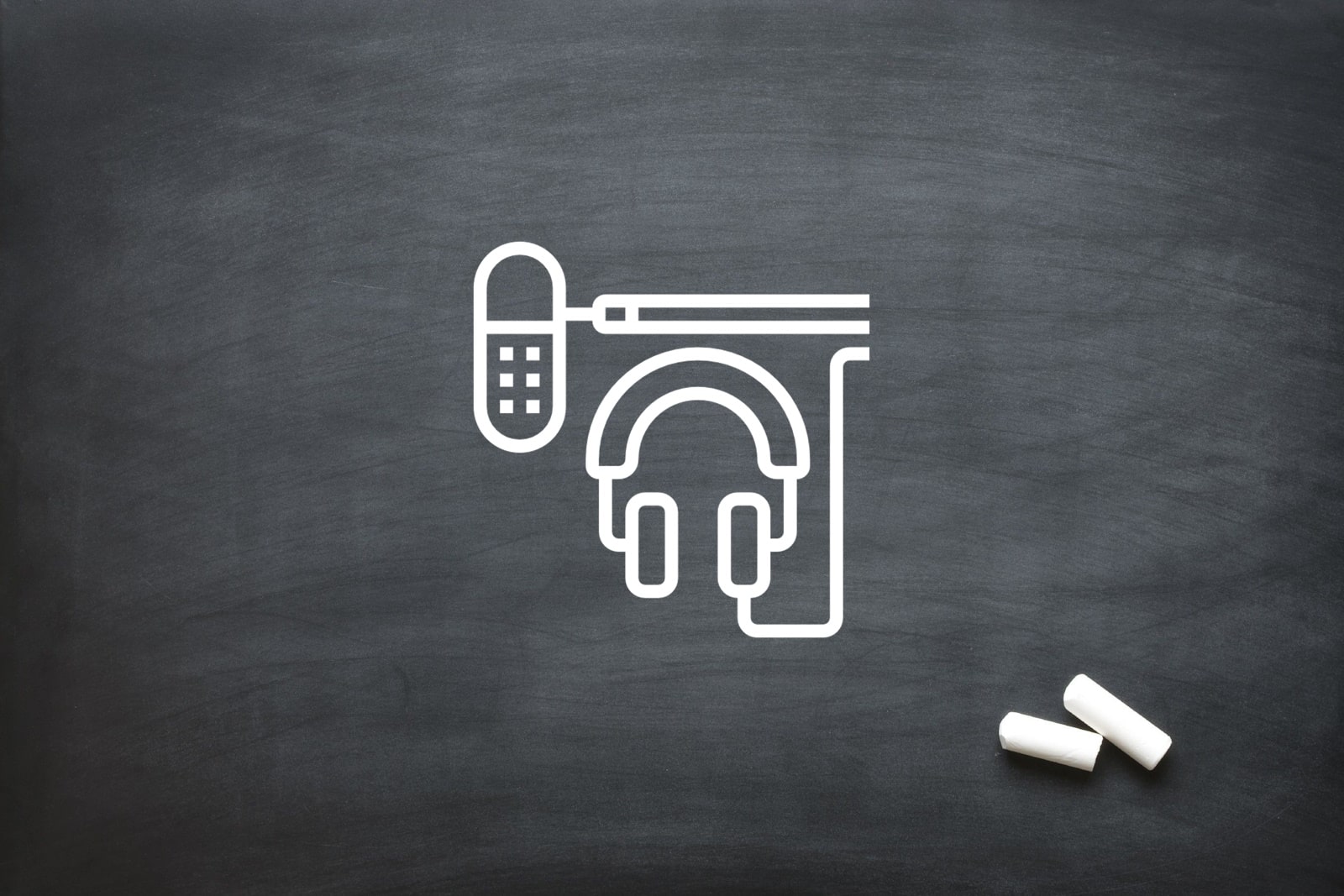
The Unique Approaches of South African Animators
South Africa’s animation industry is a vibrant tapestry of innovation and cultural expression, where animators employ a range of experimental techniques to tell compelling stories. These methods not only showcase the country’s rich artistic heritage but also highlight the adaptability and creativity of South African animators in a rapidly evolving global market.
Rotoscoping in South African Animation
Rotoscoping, a technique where animators trace over live-action footage to create realistic motion, has found a unique place in South Africa’s animation scene. Artists use this method to blend lifelike movements with stylised aesthetics, resulting in animations that are both authentic and artistically distinctive. However, in a market predominantly driven by 3D animation, rotoscoping presents challenges. The process is labour-intensive, requiring meticulous attention to detail, which can lead to longer production times and higher costs. Despite these hurdles, the technique offers a distinctive visual appeal that sets productions apart.
A notable example is the work of William Kentridge, a renowned South African artist who employs rotoscoping in his animated films. Kentridge’s method involves filming a drawing, making erasures and changes, and filming it again, creating a palimpsest-like effect that captures the passage of time and the fluidity of memory. His approach has been instrumental in highlighting the expressive potential of rotoscoping in conveying complex narratives.
Sand Animation and Stop-Motion with Natural Materials
Utilising organic materials such as sand, clay, and other natural elements, South African animators create evocative stop-motion animations that resonate with authenticity. These materials offer a tactile quality, bringing a unique texture and depth to the animations. However, the process is technically demanding and labour-intensive. Each frame requires precise manipulation of materials, careful lighting, and meticulous attention to detail, making the production process time-consuming.
Despite these challenges, the outcomes are richly rewarding. The use of natural materials imbues animations with an organic feel that is difficult to achieve through digital means. This approach not only showcases the technical prowess of South African animators but also reflects a deep connection to the natural world, a theme prevalent in many local narratives.
Collage and Mixed-Media Animation in South Africa
Collage and mixed-media techniques have gained traction among South African animators seeking to incorporate diverse materials into their work. By blending newspaper clippings, fabric, and digital elements, artists create rich, textured animations that convey layered meanings. This method allows for the integration of traditional textile patterns and cultural motifs, offering a visual narrative that is both contemporary and deeply rooted in heritage.
This fusion of materials enables animators to explore complex themes, such as identity and memory, in innovative ways. The juxtaposition of different textures and images creates a dynamic visual experience, engaging audiences and inviting them to delve deeper into the narrative.
Hand-Painted and Frame-by-Frame Experimental Techniques
In an era dominated by digital animation, some South African artists are returning to traditional methods, employing hand-painted cells and frame-by-frame drawings to craft their animations. This approach allows for a personal touch, with each frame reflecting the artist’s individual style and emotion. The tactile nature of hand-painted animation offers a warmth and authenticity that resonates with audiences.
Modern animators are also leveraging digital tools to enhance these traditional techniques. By combining hand-drawn elements with digital effects, they achieve a balance between the old and the new, preserving the charm of traditional animation while utilising the efficiencies of modern technology. This synergy results in animations that are both nostalgic and innovative, appealing to a broad spectrum of viewers.
Conclusion
The experimental animation techniques employed by South African animators highlight a commitment to innovation and cultural expression. By embracing methods such as rotoscoping, stop-motion with natural materials, collage, and hand-painted frame-by-frame animation, these artists are pushing the boundaries of the medium. Their work not only enriches the local animation landscape but also contributes to the global appreciation of diverse storytelling methods.
At Oliver Karstel Creative Agency, we celebrate and support the ingenuity of South African animators. Our team is dedicated to fostering creativity and excellence in animation. If you’re interested in exploring innovative animation techniques for your next project, we invite you to contact us. Together, we can bring your vision to life through the art of animation.






